
Emil Hans Willi Hennig was a German biologist who is considered the founder of phylogenetic systematics, also known as cladistics. In 1945 as a prisoner of war, Hennig began work on his theory of cladistics, which he published in German in 1950, with a substantially revised English translation published in 1966. With his works on evolution and systematics he revolutionised the view of the natural order of beings. As a taxonomist, he specialised in dipterans.
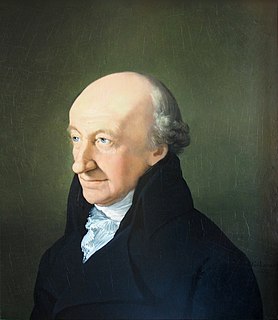
Christoph Martin Wieland was a German poet and writer. He is best-remembered for having written the first Bildungsroman, as well as the epic Oberon, which formed the basis for Carl Maria von Weber's opera of the same name. His thought was representative of the cosmopolitanism of the German Enlightenment, exemplified in his remark: "Only a true cosmopolitan can be a good citizen."

Arthur Rackham was an English book illustrator. He is recognised as one of the leading figures during the Golden Age of British book illustration. His work is noted for its robust pen and ink drawings, which were combined with the use of watercolour, a technique he developed due to his background as a journalistic illustrator.
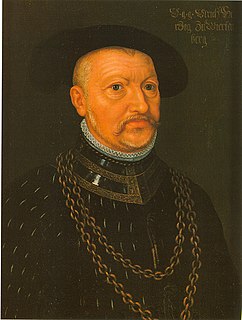
Duke Ulrich of Württemberg succeeded his kinsman Eberhard II as Duke of Württemberg in 1498. He was declared of age in 1503. His volatile personality made him infamous, being called the "Swabian Henry VIII" by historians.

Sydney Parkinson was a Scottish botanical illustrator and natural history artist. He was the first European artist to visit Australia, New Zealand and Tahiti. Parkinson was the first Quaker to visit New Zealand. The standard author abbreviation Parkinson is used to indicate this person as the author when citing a botanical name.

Hugh Bamford Cott was a British zoologist, an authority on both natural and military camouflage, and a scientific illustrator and photographer. Many of his field studies took place in Africa, where he was especially interested in the Nile crocodile, the evolution of pattern and colour in animals. During the Second World War, Cott worked as a camouflage expert for the British Army and helped to influence War Office policy on camouflage. His book Adaptive Coloration in Animals (1940), popular among serving soldiers, was the major textbook on camouflage in zoology of the twentieth century. After the war, he became a Fellow of Selwyn College, Cambridge. As a Fellow of the Zoological Society of London, he undertook expeditions to Africa and the Amazon to collect specimens, mainly reptiles and amphibians.

Rosa Clementina Petherick was a British book illustrator.
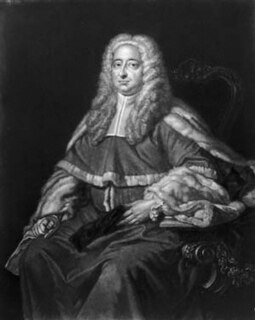
Sir William Fortescue of Buckland Filleigh, Devon, was a British judge and Master of the Rolls 1741–1749.

James Bolton was an English naturalist, botanist, mycologist, and illustrator.
Emily Mary Bowdler Sharpe, born on 11 December 1868, was an English entomologist, colourist and illustrator

Maria Emma Gray, was an English conchologist, algologist and scientific illustrator.
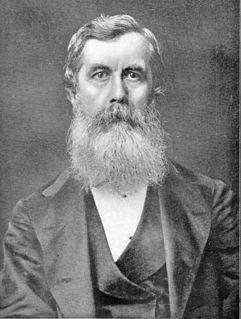
Frederic Moore FZS was a British entomologist and illustrator. He produced six volumes of Lepidoptera Indica and a catalogue of the birds in the collection of the East India Company.
Sir Horace Rumbold, 8th Baronet, was a British diplomat who was minister or ambassador to several countries. He succeeded his brother, Charles, as Baronet in 1877.

Peter Brown was an English naturalist and natural history illustrator of Danish family who worked mainly in London.
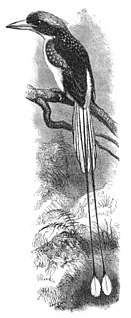
T. W. Wood was an English zoological illustrator responsible for the accurate drawings in major nineteenth century works of natural history including Darwin's The Descent of Man and Wallace's The Malay Archipelago. He studied the courtship display behaviour of pheasants, observing them closely and publishing the first description of the double-banded argus pheasant. He illustrated many books, often of birds but also of moths and mammals.
Some new illustrations have been introduced, and four of the old drawings have been replaced by better ones, done from life by Mr. T. W. Wood.
I also obtained one or two specimens of the fine racquet-tailed kingfisher of Amboyna, Tanysiptera nais, one of the most singular and beautiful of that beautiful family... They are confined to a very limited area, comprising the Moluccas, New Guinea and Northern Australia... The Amboynese species, of which a very accurate representation is here given, is one of the largest and handsomest. It is full seventeen inches long to the tips of the tail-feathers; the bill is coral red, the under- surface pure white, the back and wings deep purple, while the shoulders, head and nape, and some spots on the upper part of the back and wings, are pure azure blue; the tail is white, with the feathers narrowly blue-edged, but the narrow part of the long feathers is rich blue. This was an entirely new species, and has been well named after an ocean goddess, by Mr. R. G. Gray.

Horace Knight was a natural history illustrator with the British Museum, noted particularly for his images in The Moths of the British Isles by Richard South.
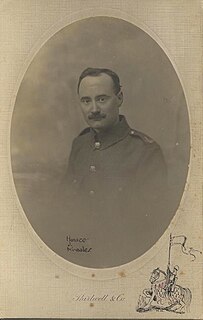
Horace John Knowles was an author and illustrator. He is remembered mostly for magical depictions of Fairyland in his magnum opus Peeps into Fairyland, as well as for his biblical illustrations. For his first two published books, Legends from Fairyland (1908) and Norse Fairy Tales (1910), he collaborated with his brother Reginald L. Knowles.
The Stuttgart Database of Scientific Illustrators 1450–1950 is an online repository of bibliographic data about people who illustrated published scientific works from the time of the invention of the printing press, around 1450, until 1950; the latter cut-off chosen with the intention of excluding currently-active illustrators. The database includes those who worked in a variety of fields, including astronomical, botanical, zoological and medical illustration.

Horace William Petherick (1839-1919) was an artist and illustrator, a violin connoisseur, and a writer. As an artist, four of his works are in public collections in the UK; as an illustrator, he illustrated over 100 books, some of which are still in print, and his work can be found in digital collections at the British Library, the Osborne Collection of Early Children's Books, and the Baldwin Library of Historical Children's Literature; as a violin connoisseur, he owned both a Stradivarius and a del Gesù; and as an author, three of his books are still in print.

Horace Downey Harral was a British wood-engraver, etcher and photographer. He was a pupil of John Orrin Smith and later joined him as a partner in an engraving firm. Harral produced prints of many Pre-Raphaelite paintings and also illustrated many British periodicals of the mid-Victorian era. He engraved Robert Howlett's photograph Isambard Kingdom Brunel Standing Before the Launching Chains of the Great Eastern, one of the most famous and finest of the 19th century, for publication in the Illustrated Times in 1858. Harral also produced etchings and photographs. He is noted for an 1860s series of theatrically posed photographs of his friends. Harral once shared an office with William Luson Thomas and was later a significant shareholder in his company, which published The Graphic newspaper. Harral died a wealthy man and left the bulk of his estate to charity.

















